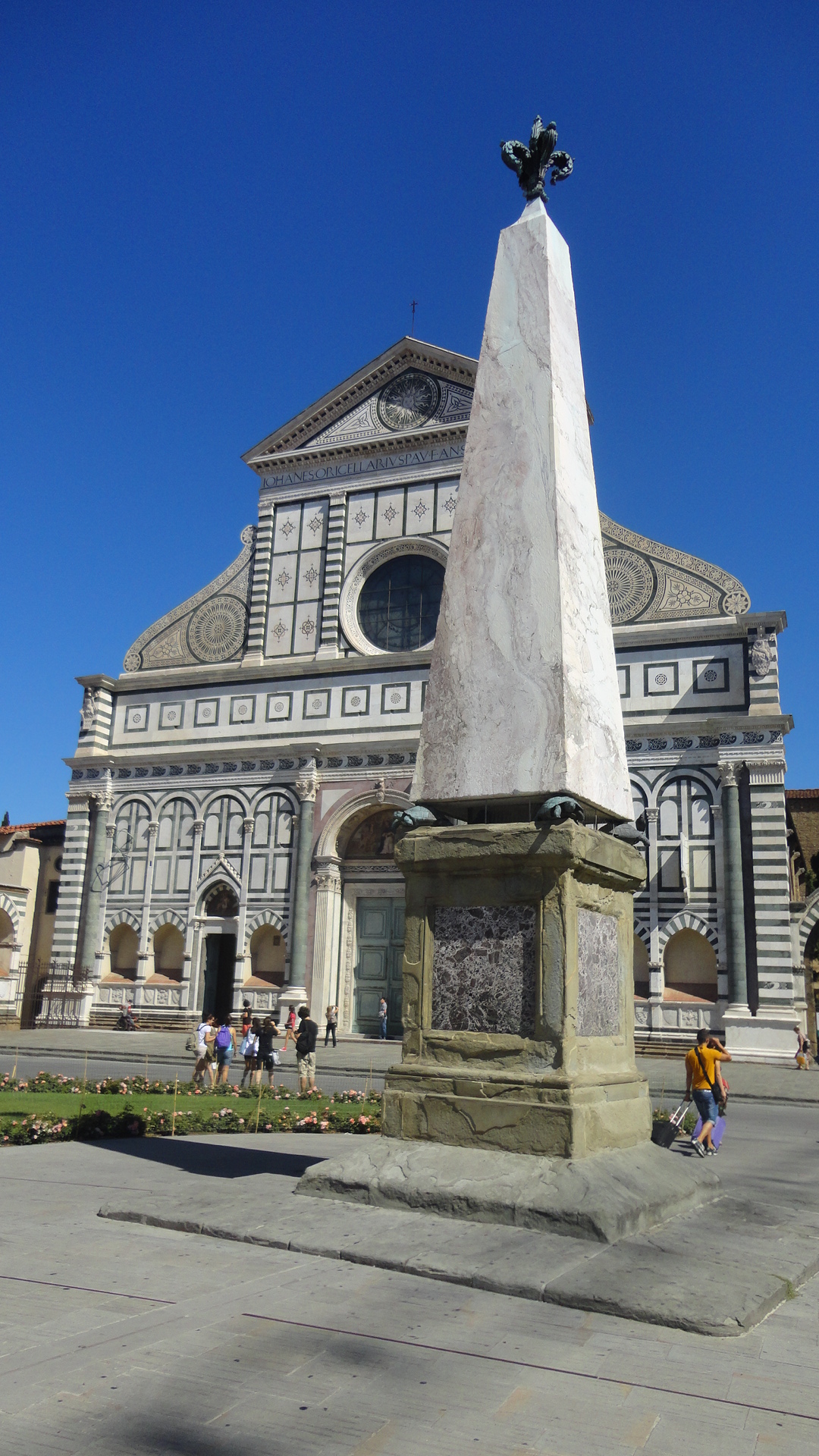

In 1865, Florence became the capital of Italy, transforming itself into a lively center of change and cultural dialogue. This political transfer brought about 6,000 Piedmontese officials from Turin to the city, the previous capital. But the passage was not without challenges: the kingdom of Italy was still young, and the theme of national identity was at the center of many discussions .— In Florence – Tuscany Italy. Torinese and Fiorentini found themselves living together despite the linguistic, cultural and social differences. To facilitate integration, a guide was even created that illustrated Tuscan uses and costumes to the Piedmontese. Florence, with its millennial history and its central role in Italian culture, became the theater of a dialogue between past and present. In those years, Florence confirmed an important cultural center. It was here that two masterpieces of Italian literature for children were born: Pinocchio di Collodi and the Cuore of De Amicis. The literary cafes of the city became meeting places for intellectuals and politicians from all over Italy, places where ideas and decisions made shape. Even if the role of capital lasted only five years, Florence fully exploited that occasion, laying the foundations to consolidate his cultural heart of the united young Italy.



